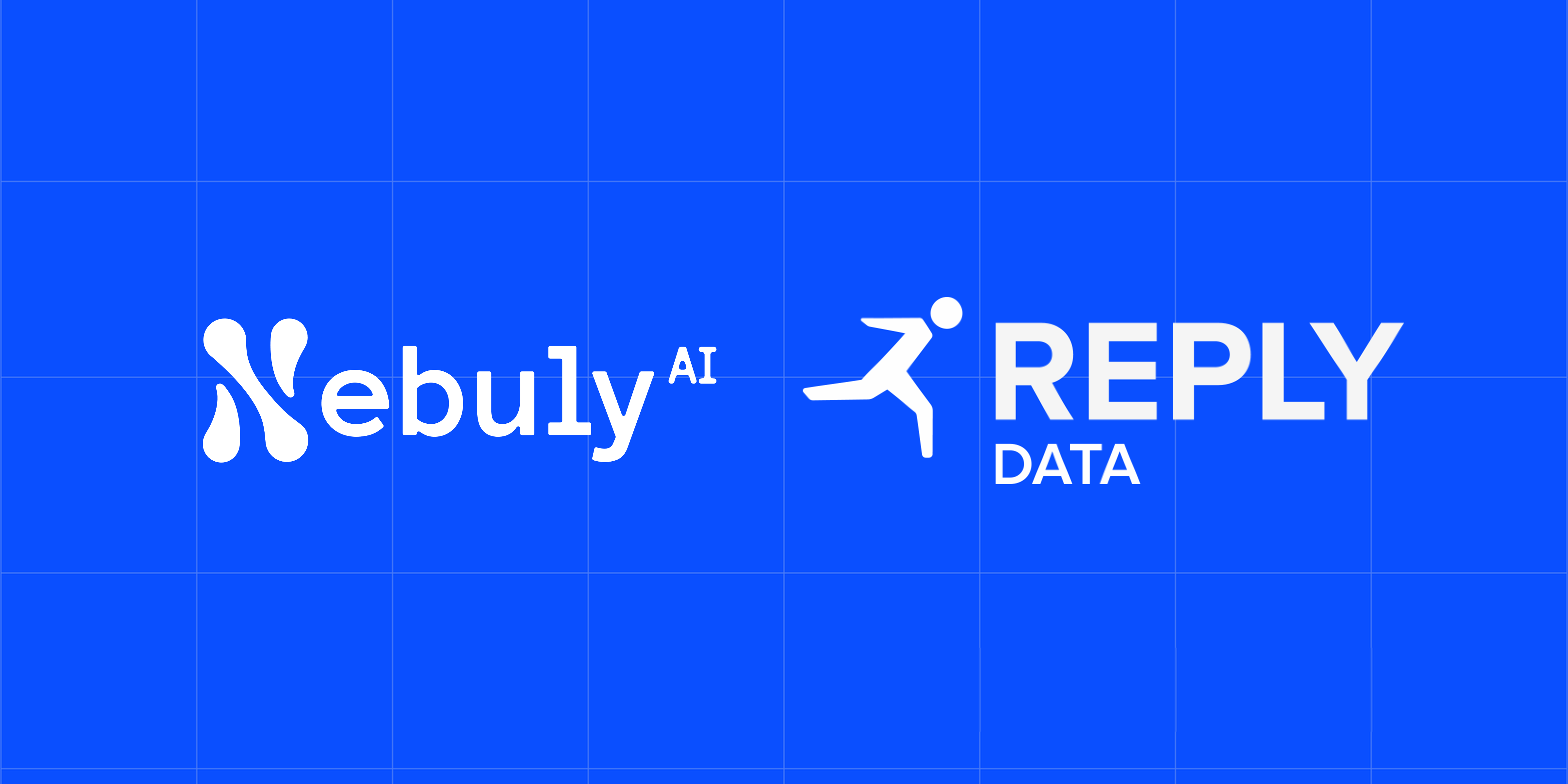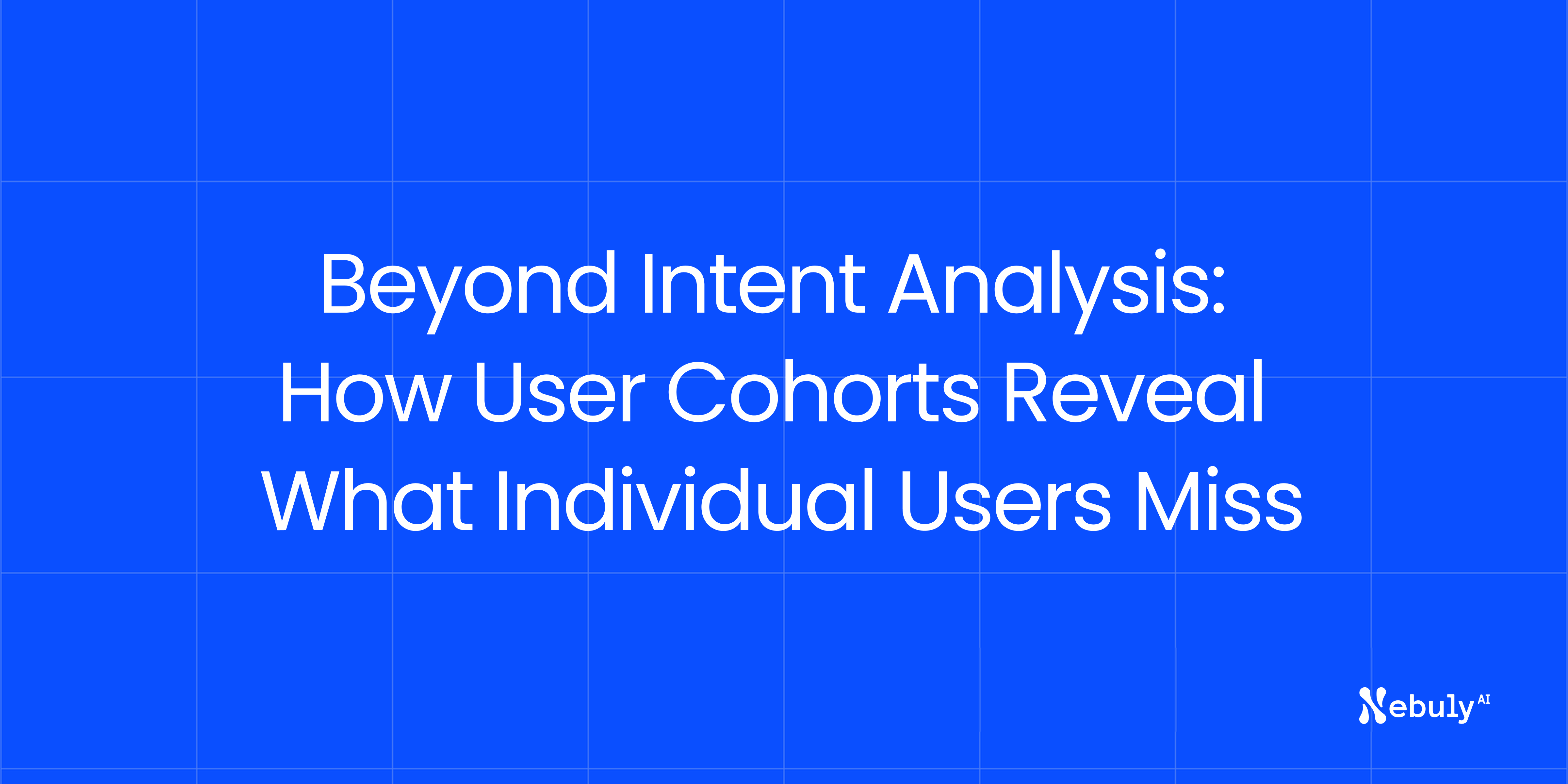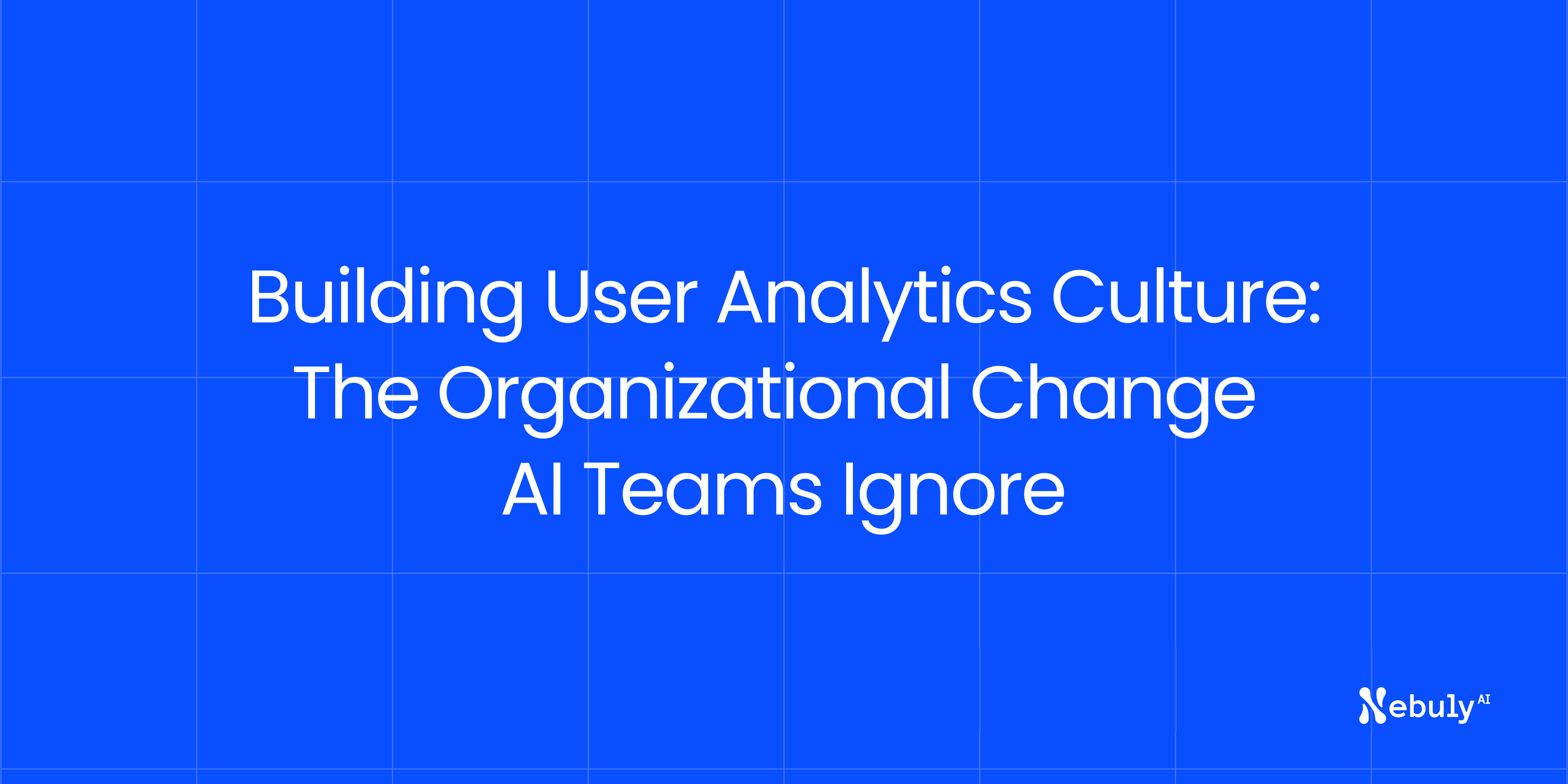Imagine knowing that last week, 342 people mentioned your competitor in chat on your site. Out of these, 87% had very negative sentiment, 64% dropped off after that, and 46% were talking about your XYZ product. This is the kind of insight your team can only get from chatbot conversations, not from clicks or search logs.
The rise of AI in e-commerce customer service
Major retailers now use AI-powered chatbots to handle questions, delivery requests, and support. According to Salesforce, shoppers are turning to AI for faster product discovery, support, and more personalized service. This shift to automated chat is scaling customer service across every market.
Why clicks alone cannot measure real user needs
Clicks, page views, and cart events are helpful. If a shopper clicks "add to cart," you know what they want. If they search for your top products, you see their interest. But most real conversations are not so direct.
A user might say,
“I want to buy your product Ref 4320019 in the light blue color,”
but more often the message is
“It’s my mom’s birthday next week and I won’t be able to bring her present because your shipping process is useless. Should have bought from Amazon.”
Traditional metrics miss these signals. They do not capture emotion, frustration, or even brand risk when a competitor is mentioned. Recent findings from Forbes say that 73% of consumers want chatbots to offer immediate help with real problems, not just product suggestions or FAQ answers.
Why semantic analysis matters in a world of conversations
As more retailers invest in AI chat, the way they track user behavior is changing. Recent industry reports show that nearly half of European e-commerce decision-makers consider omnichannel service, including chatbots, crucial for business growth, according to Statista. Among UK shoppers under 35, about 50% say chatbots make online shopping easier, while 36% prefer chat over forms or phone for support (Statista UK). Chat preference is especially strong in digital-first and younger customers, as noted by Zendesk.
Chat analytics allow companies to surface the real reasons users leave or convert. Teams can track trends like competitor mentions, complaints about delivery, or new product interest, signals that site logs simply cannot provide.
The challenge of scale
The old way to analyze conversations is to export chat logs and read through them one by one or use a patchwork of outside tools. That might work for a handful of messages, but when your team is handling thousands of chats each week, manual review just cannot keep up. DIY analysis also misses the big patterns that drive real change.
Nebuly reads and analyzes every conversation for you. The platform automatically tracks spikes in competitor mentions, frustration, and new product interest, so your team sees right away where risk or opportunity appears. For example, TextYess, which powers WhatsApp commerce for global brands, saved 90% of their time spent analyzing chat data by switching to Nebuly. They captured 8 times more actionable insights from conversations and reduced negative interactions by 63%.
Nebuly makes sense of thousands of fast-moving, messy chat logs without guesswork. Instead of missing hidden trends or warning signs, you get a clear picture as it’s happening.
If you want to dig into why this kind of user analytics is so important for modern e-commerce, read more here.
Why conversation data is where real user intelligence lives
Clicks and searches are still important, but analytics from chat tell the deeper story. Brands that listen to what shoppers actually say raise satisfaction, reduce friction, and get ahead of risk. Nebuly takes thousands of real conversations and gives you actionable answers.
If you want to know what your users are really thinking, chat is where you find it. Nebuly helps you see it, use it, and improve every day.
Want to see Nebuly insights on your store? Book a demo.






